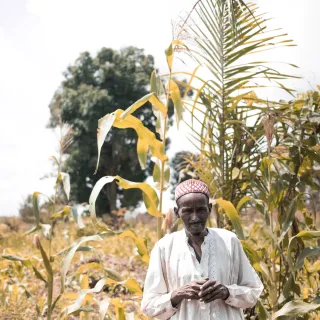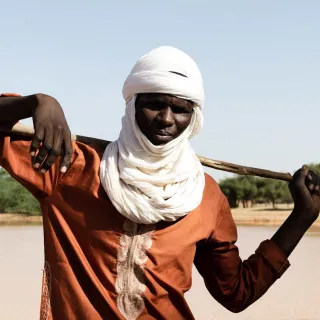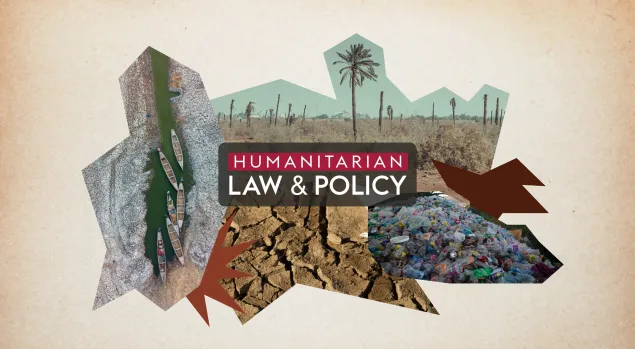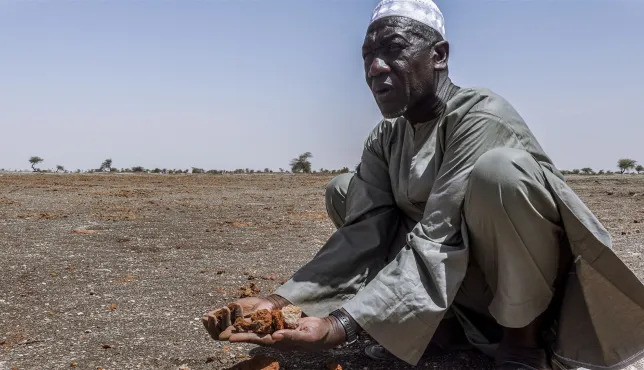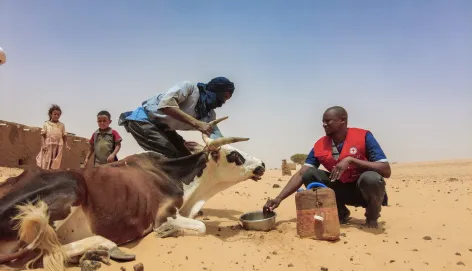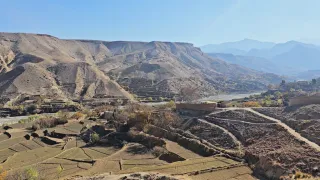Addressing climate risks in conflict settings
Today's climate and environmental crises affect every aspect of our lives, from our physical and mental health to our food, water and livelihoods. While these crises affect everyone, those hit hardest are the poorest and most marginalized communities.
People living through conflict frequently tell us about the massive environmental changes they are witnessing. Their daily lives are made more difficult not only by the violence they experience, but also by a changing climate and environment. These people are often ill-prepared for repeated climate hazards.
People enduring conflict are among the most vulnerable to the climate and environmental crises – and they are also among those most neglected by climate action, in part because of the challenges of working in such surroundings. We are calling for this trend to be reversed.
Humanitarian organizations have an important role to play in addressing these crises. The ICRC works to adapt its response to support populations coping with the dual shocks of climate risks and conflicts.
The ICRC, together with the International Federation of Red Cross and Red Crescent Societies, has led the development of a Climate and Environment Charter for Humanitarian Organizations to guide the sector as it responds to these crises and to rally collective action.
The ICRC also strives to become more environmentally responsible. Our activities have repercussions on the environment, and we are committed to minimizing these effects where possible.
No one can address these challenges alone. A radical transformation is urgently needed to prevent further suffering. Protecting the lives and rights of present and future generations depends on political action. Reducing greenhouse gas emissions is vital, but these actions must be accompanied by efforts to help communities adapt.
Countries enduring conflict are among the most vulnerable to the effects of climate change, but they are also the most neglected by climate finance – especially adaptation finance. This needs to change


